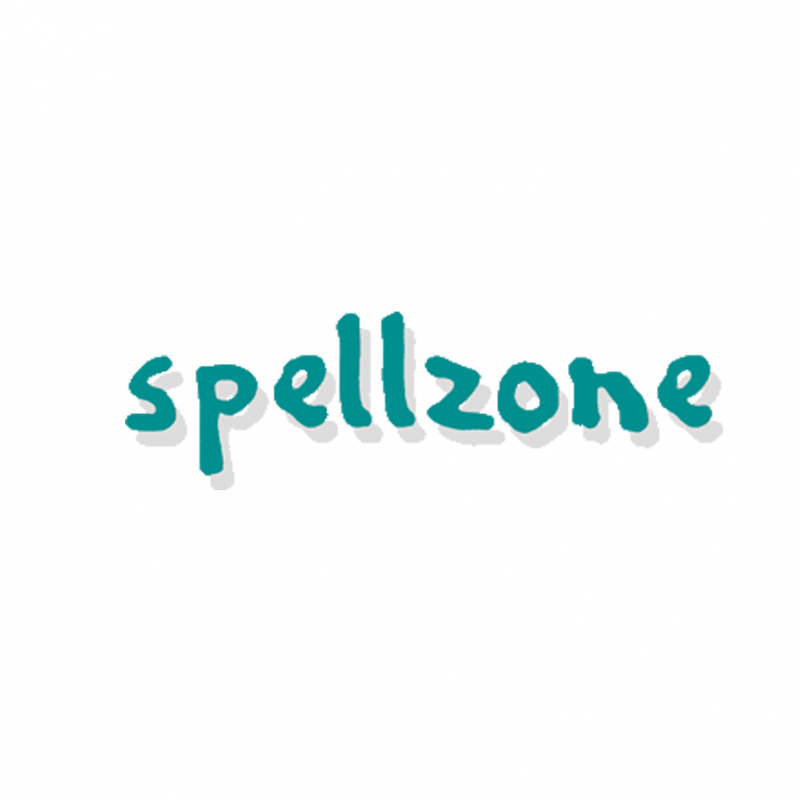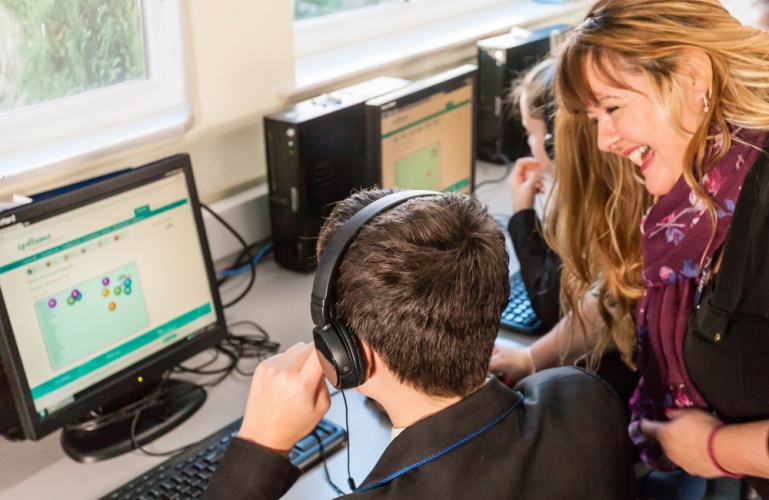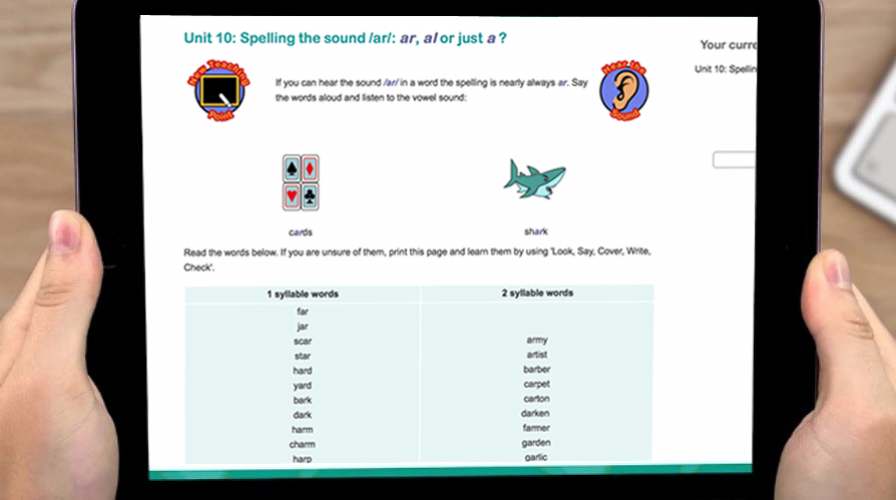Use a thesaurus.
Use dictionaries to check the spelling and meaning of words.
Use knowledge of morphology and etymology in spelling and understand that the spelling of some words needs to be learnt specifically, as listed in English Appendix 1.
Continue to distinguish between homophones and other words which are often confused.
Spell some words with ‘silent’ letters [for example, knight, psalm, solemn].
Spell words that are often misspelt (English Appendix 1).
Spell further homophones.
Use further prefixes and suffixes and understand how to add them (English Appendix 1).
Apply spelling rules and guidance, as listed in English Appendix 1.
Add suffixes to spell longer words, including –ment, –ness, –ful, –less, –ly.
Distinguishing between homophones and near-homophones.
Learning to spell more words with contracted forms.
Learning to spell common exception words.
Learning new ways of spelling phonemes for which one or more spellings are already known, and learn some words with each spelling, including a few common homophones.
Spelling segmenting spoken words into phonemes and representing these by graphemes, spelling many correctly.
Using letter names to distinguish between alternative spellings of the same sound.
Using the spelling rule for adding –s or –es as the plural marker for nouns and the third person singular marker for verbs.
Using the prefix un–.
Apply simple spelling rules and guidance.
Using –ing, –ed, –er and –est where no change is needed in the spelling of root words [for example, helping, helped, helper, eating, quicker, quickest].
Spelling common exception words.
Spelling words containing each of the 40+ phonemes already taught.
Apply their growing knowledge of root words, prefixes and suffixes (morphology and etymology), as listed in English Appendix 1, both to read aloud and to understand the meaning of new words that they meet.
Apply their growing knowledge of root words, prefixes and suffixes (etymology and morphology) as listed in English Appendix 1, both to read aloud and to understand the meaning of new words they meet.
Read further exception words, noting the unusual correspondences between spelling and sound, and where these occur in the word.
Read further common exception words, noting unusual correspondences between spelling and sound and where these occur in the word.
Read words containing common suffixes.
Read accurately words of two or more syllables that contain the same graphemes as above.
Read accurately by blending the sounds in words that contain the graphemes taught so far, especially recognising alternative sounds for graphemes.
Continue to apply phonic knowledge and skills as the route to decode words until automatic decoding has become embedded and reading is fluent.
Read other words of more than one syllable that contain taught GPCs.
Read words containing taught GPCs and –s, –es, –ing, –ed, –er and –est endings.
Read common exception words, noting unusual correspondences between spelling and sound and where these occur in the word.
Apply phonic knowledge and skills as the route to decode words.
Using dictionaries to check the meaning of words that they have read.
Read words with contractions [for example, I’m, I’ll, we’ll], and understand that the apostrophe represents the omitted letter(s).
Respond speedily with the correct sound to graphemes (letters or groups of letters) for all 40+ phonemes, including, where applicable, alternative sounds for graphemes.
Acquire a wide vocabulary, an understanding of grammar and knowledge of linguistic conventions for reading, writing and spoken language.
Use knowledge that every syllable must have a vowel sound to determine the number of syllables in a printed word.
Know final -e and common vowel team conventions for representing long vowel sounds.
Decode regularly spelled one-syllable words.
Know the spelling-sound correspondences for common consonant digraphs.
Know and apply grade-level phonics and word analysis skills in decoding words.
Segment spoken single-syllable words into their complete sequence of individual sounds (phonemes).
Isolate and pronounce initial, medial vowel, and final sounds (phonemes) in spoken single-syllable words.
Demonstrate understanding of spoken words, syllables, and sounds.
Identify words and phrases in stories or poems that suggest feelings or appeal to the senses.





User reviews for Spellzone
You need to log in to post a review.